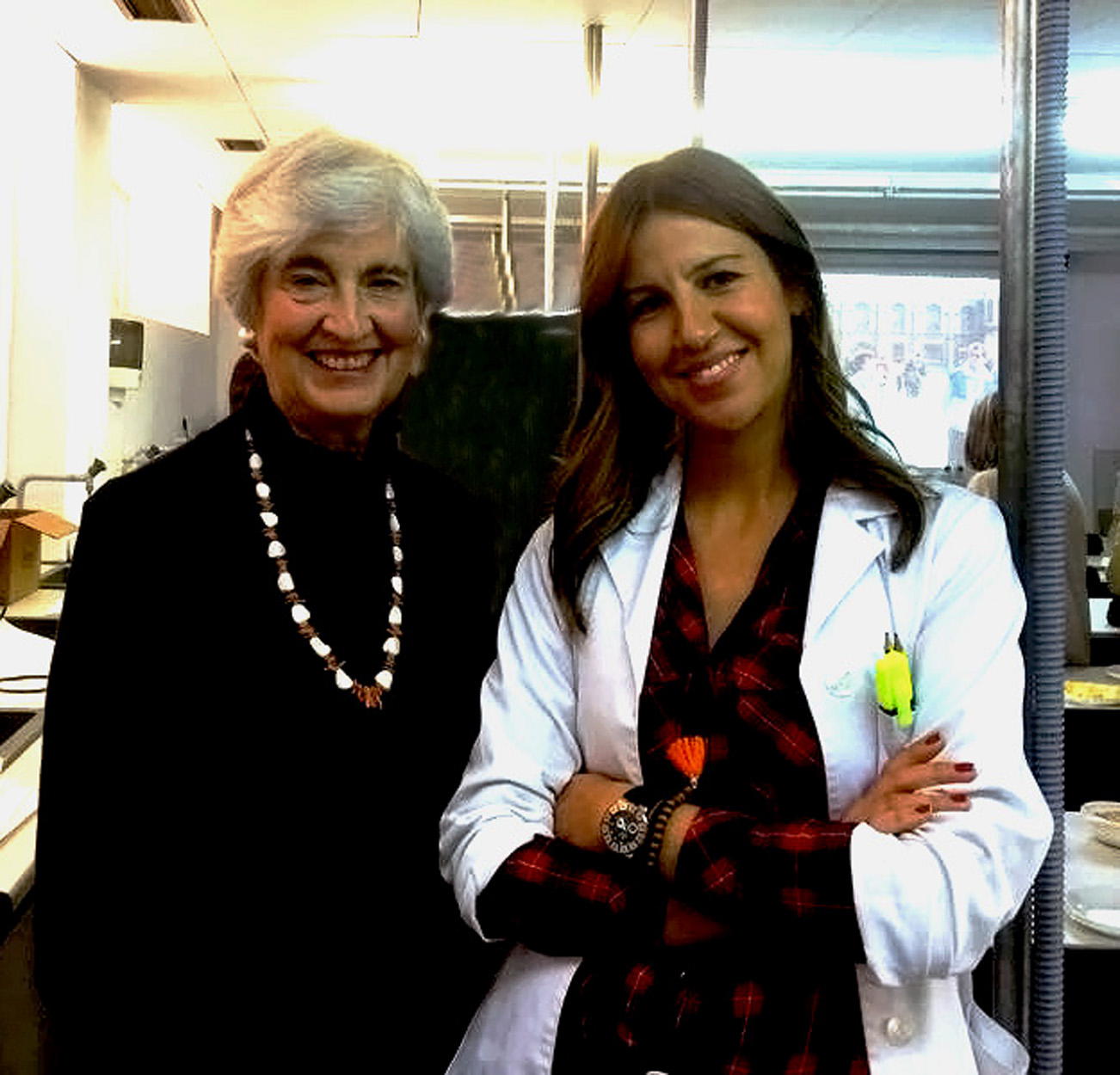Puertas M, Gonzalez-Sanchez M
Insertions of mitochondrial DNA into the nucleus. Effects and role in cell evolution.
Genome. 2020 May 12
DOI: 10.1139/gen-2019-0151
RESUMEN
We review the insertion of mitochondrial DNA (mtDNA) fragments into nuclear DNA (NUMTS) as a general and ongoing process that has occurred many times during genome evolution. Fragments of mtDNA are generated during the lifetime of organisms in both somatic and germinal cells, by the production of reactive oxygen species in the mitochondria. The fragments are inserted into the nucleus during the double-strand breaks repair via the non-homologous end-joining machinery, followed by genomic instability, giving rise to the high variability observed in NUMT patterns among species, populations, or genotypes. Some de novo produced mtDNA insertions show harmful effects, being involved in human diseases, carcinogenesis, and ageing. NUMT generation is a non-stop process overpassing the Mendelian transmission. This parasitic property ensures their survival even against their harmful effects. The accumulation of mtDNA fragments mainly at pericentromeric and subtelomeric regions is important to understand the transmission and integration of NUMTs into the genomes. In spite of the harmful feature of NUMTs, they are important in cell evolution, representing a major source of genomic variation.
